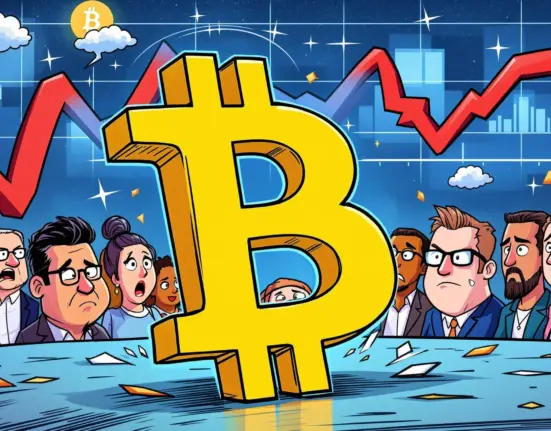JPMorgan forecasts the stablecoin market to reach a worth of 500 billion dollars by 2028, significantly diverging from the recent speculative projections of 1-2 trillion dollars. In a research note published on Thursday, led by strategist Nikolaos Panigirtzoglou, the team highlights that growth in the cryptocurrency ecosystem is mainly driven by trading, DeFi collateral, and exchange reserves. Payment usage constitutes only about 6% of total demand. The bank argues that non-yielding stablecoins will not prompt a mass exodus from traditional deposits and money market funds.
JPMorgan’s Cautious Stablecoin Projections for 2028
According to JPMorgan’s report, the stablecoin supply currently stands around 250 billion dollars, predicting a possible doubling over the next three years. Analysts find comparisons between decentralized structures and centralized payment giants like Alipay or WeChat Pay misleading. They argue that stablecoins playing a significant role in everyday payments would require regulatory clarity and substantial improvements in user experience.

The bank also notes that conversion costs between fiat and cryptocurrencies , combined with the interest-free nature of stablecoins, will hinder mass transitions from traditional financial assets. Thus, crypto-focused demand is expected to remain the primary catalyst, with attractive payment scenarios only slightly enhancing the total market size.
Standard Chartered’s Regulation-Backed Optimistic Growth Scenario
In contrast to JPMorgan’s cautious forecasts, Standard Chartered suggested in an April study that with the adoption of the Genius Law in the US, stablecoin supply could surge to 2 trillion dollars by the end of 2028. The bank anticipates this regulation will legitimize the sector, attracting institutional capital and nearly multiplying the supply tenfold.
The contrasting projections from the two institutions underscore that the regulatory framework will be a decisive factor in the future of stablecoins. On one hand, moderate, cryptocurrency-driven growth; on the other, rapid expansion propelled by comprehensive legal support. Market participants are keenly waiting for the US Congress to pass the Genius Law to see which path will dominate.




